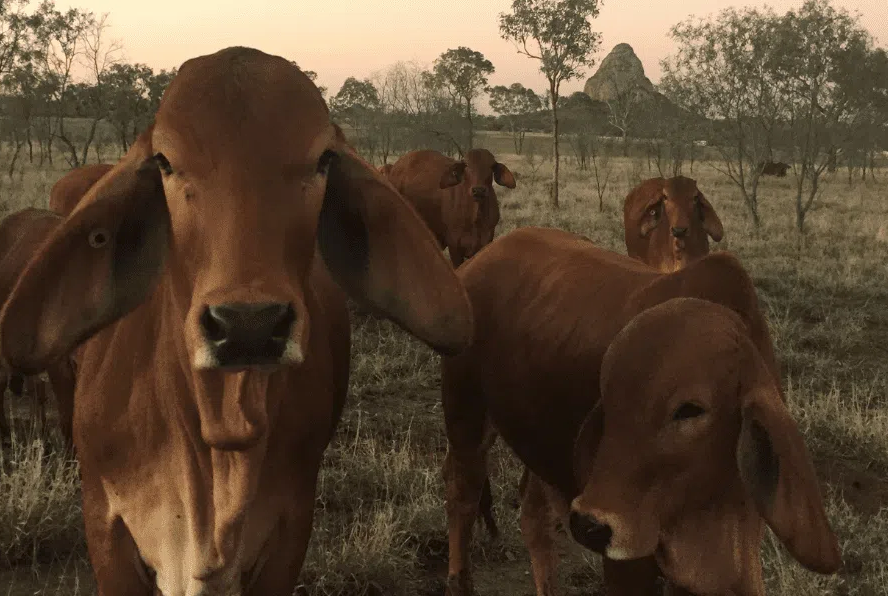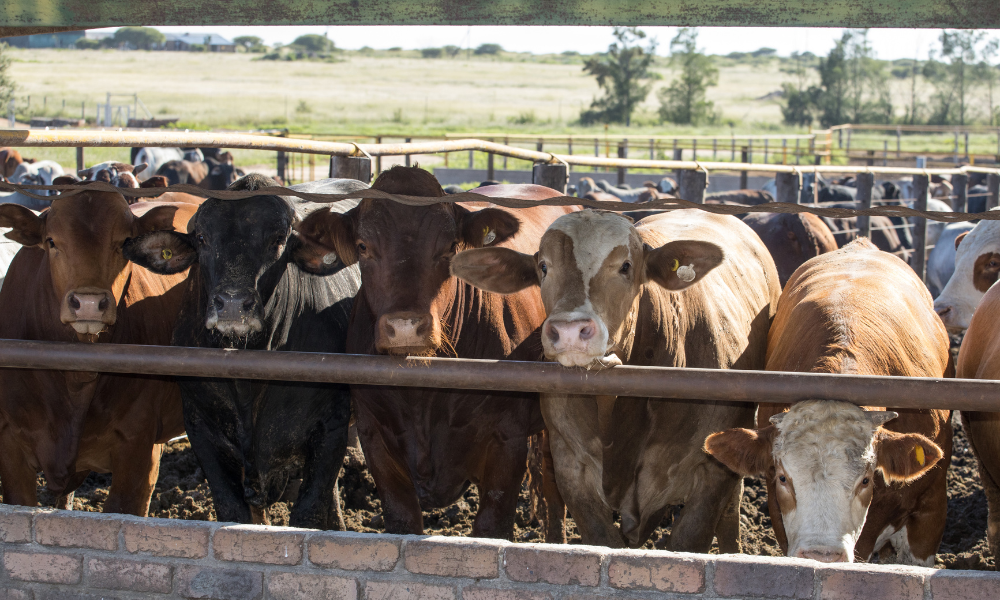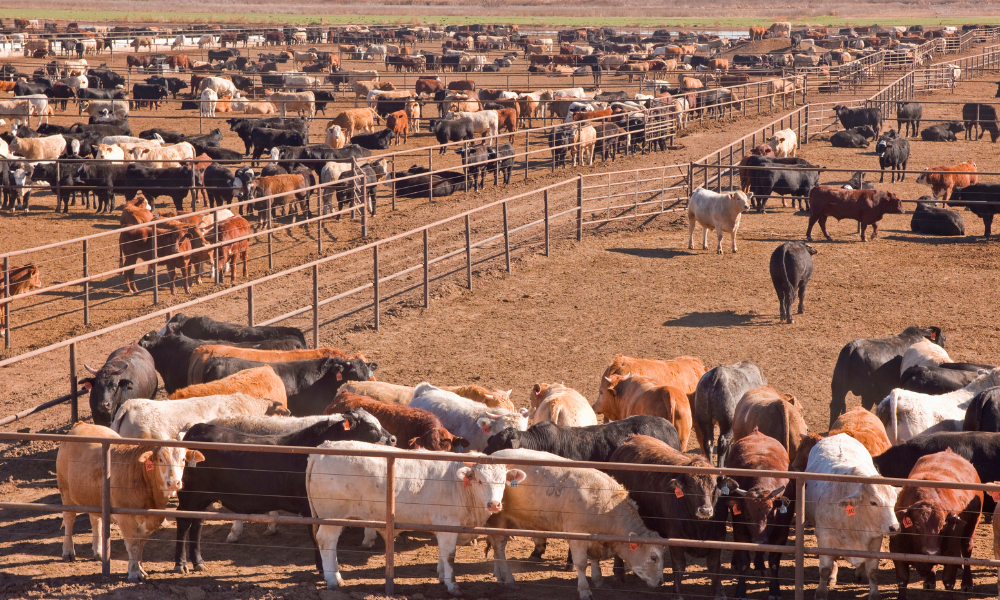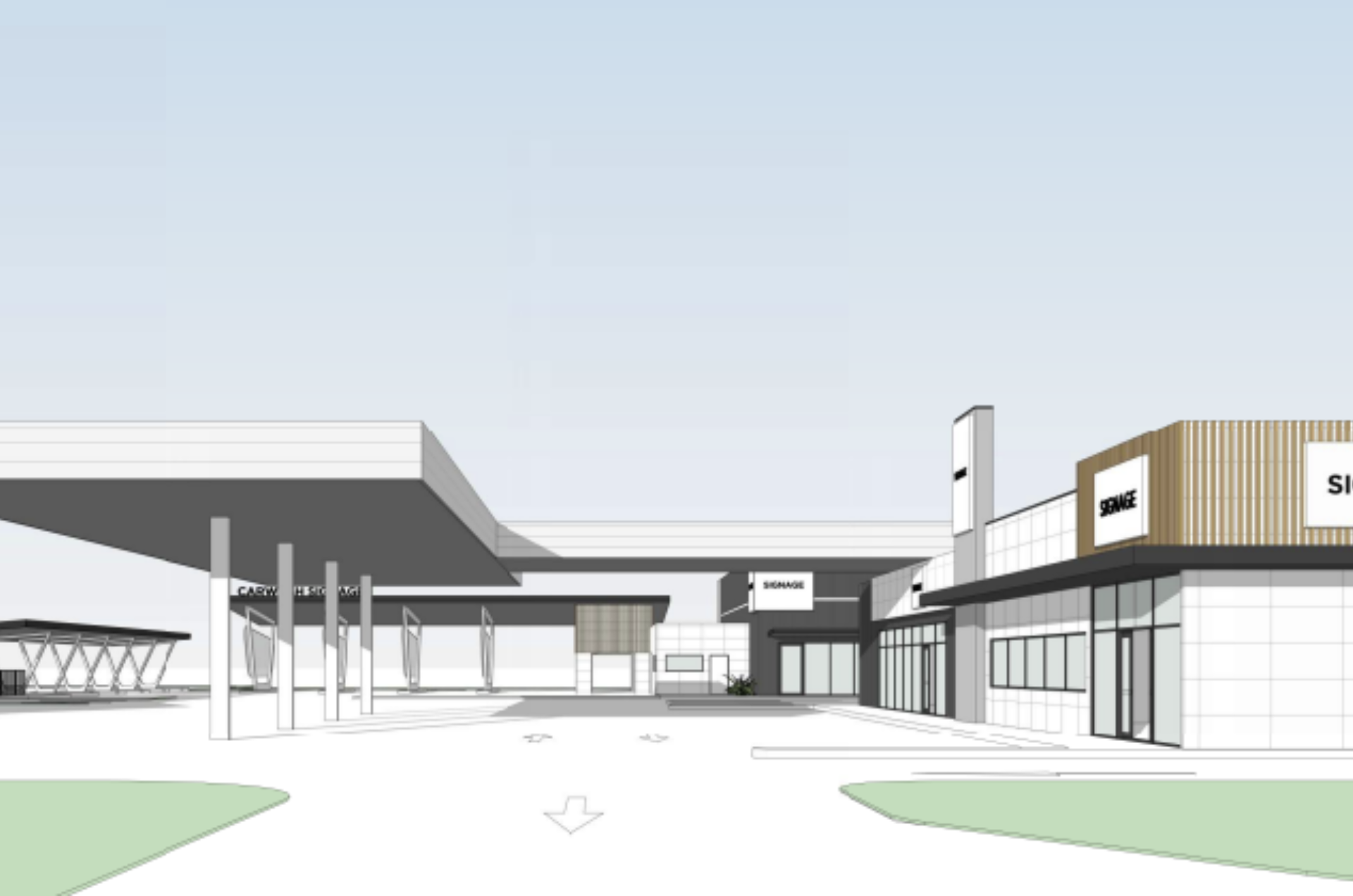Cattle Feedlot Approvals in Queensland
August 26, 2024

Cattle plays a massive part of Queensland's agricultural industry and economy. With the need for cattle feedlots growing, Wall Planning Group (WPG) have obtained approvals for numerous feedlot projects across Queensland. Need feedlot approval? Here is what you need to know.
Feedlots and Environmental Approvals
When submitting a feedlot development application for approval, it can be a little more time consuming than many people anticipate. Where a lot of development applications may only deal with local Council, approval for a cattle feedlot can involve meeting legislative requirements of multiple State Government agencies.
One prime example is an Environmental Authority (EA). Cattle Feedlots exceeding 150 standard cattle units (SCU) are considered an Environmentally Relevant Activity (ERA) under the Environmental Protection Regulation 2019 and so require an Environmental Authority approved by the Department of Agriculture and Fisheries (DAF).
In addition, many farms are situated along state-controlled roads and railway corridors, others may have threatened species of flora or fauna, and some may have critical wetlands and waterways. These, and others, can require submissions of applications with the State Assessment and Referral Agency (SARA).
This is why it is recommended that a town planner be hired to carry out the application process. WPG have the connections, knowledge, and experience to know exactly what needs to be addressed and how best to address it.

Our process for feedlot approval is:
- Initial consultation with WPG - we get to know your project inside and out, getting to know all those critical details that are required for the application. This is also a chance for questions to be asked and to have the process explained.
- Sub-Contractor Consultations - on your behalf, WPG arrange supporting material, such as plans and reports, from sub-consultants such as engineers and environmental specialists.
- Pre-Lodgement Meetings with Council and State Government Agencies - These meetings are organised and hosted by WPG to identify site-specific requirements and triggers relating to the Development Application.
- Site Visit with the Department of Agriculture and Fisheries (DAF) - This visit establishes further site-specific requirements for the development application and environmental authority of the feedlot.
- Preparation and Submission of the Development Application - WPG consolidate all the requirements and information about the project to construct a concise and detailed development application that addresses all government department and Council legislation.
- Submission of Local Council Application and Referral to State Assessment and Referral Agency (SARA) - the development application will provide responses to specific codes provided by the Council and SARA, which each will assess.
- Submission of Environmental Authority Application - Relevant paperwork will be submitted to DAF for assessment and issue of an Environmental Authority.
- Public Notification Period - if your project is identified as requiring public notification (usually when an impact assessment), this will be a short period during which the community is notified of the development and allowed to provide feedback that may impact your approval or approval conditions.
- Decision Stage - Information Requests and Decision Notices will be issued, potentially with site- or project-specific conditions that must be met as a part of the development approval.

The Feedlot Approval Timeline
This process requires a lot of paperwork! There are forms to fill, Council and State Government fees to calculate and pay, designs to be prepared, technical reports to create, and the final Development Application report to write so that it sets out a clear assessment against the relevant codes and requirements.
Sound like a bit much? Leave it up to WPG to take care of it all for you! The approximate timeline for approval is as follows:
- Preparation of the application - this may take around 4-8 weeks, depending on the level of technical requirements and difficulty.
- Assessment of the application - as this is a complex application, the Council could take approximately 6 months to assess it, however its recommended to allow around 8 or 9 months as extensions to the timeline can occur depending on whether the Council issues an Information Request or an appeal needs to be lodged.
- Assessment of the Environmental Authority application - this is, thankfully, a faster process. The reporting requirements are carried out by WPG, where practicable, while working on the development assessment. Once lodged and a confirmation is received that the application has been properly made, DAF can take up to 10 days to provide approval.
As a whole, the process could take as much as 9-12 months, variables dependent - WPG work hard to minimise that timeline!
Feedlot Approval Supporting Information
The most common supporting documentation required for a feedlot development application is:
- Detailed Site Plans - these are prepared by a specialist consultant that will also help identify the best location based on the planning and environmental constraints.
- Traffic Impact Assessment Report - these are prepared by a civil engineer and assess the impact that the feedlot could have on the surrounding transport network, identifying reasonable mitigation measures to address these impacts.
- Stormwater and Effluent Management Plans - these are prepared by Agricultural Engineers to identify stormwater and effluent impacts and design mitigation measures to minimise and control impacts.
- Natural Disaster Management Plans - If your property is identified on State and local mapping as having bushfire or flood risks associated with it, a management plan may be required. This can be organised by your town planner and/or a specialist consultant.
Things To Consider For Your Feedlot
Whilst the requirements for a feedlot will depend on the regulations tied to the specific site, there are still some important standard questions to consider, including:
- Is your site suited to the capacity of SCU you have planned?
- Do you have access to sufficient water on-site?
- How will effluents and run-off be dealt with?
- What are the access routes and are new ones required?
- Where will the trucks be travelling to and from?
- Will this development increase traffic to site?
- Will there be additional people on-site to consider in disaster management plans?
- Are there regulated vegetations, at-risk species of wildlife, or waterways on the property?
Town Planners Who Know Their Feedlots
Approvals for feedlots require a true understanding of the business, the industry and the region. Wall Planning Group was established in Clermont, Central Queensland, and remained a part of that community for over a decade. In fact, our Director Renee Wall lived and worked on a cattle property - you don't get more "in the know" than that.
Kickstart your cattle feedlot development by booking your initial appointment with Renee TODAY to discuss the services available for your feedlot project.



